The 13th man to bear the name Danjuro Ichikawa – which has been passed down between generations of kabuki stars for over 300 years – he is a household name in Japan, showing up in ads, movies and TV shows.
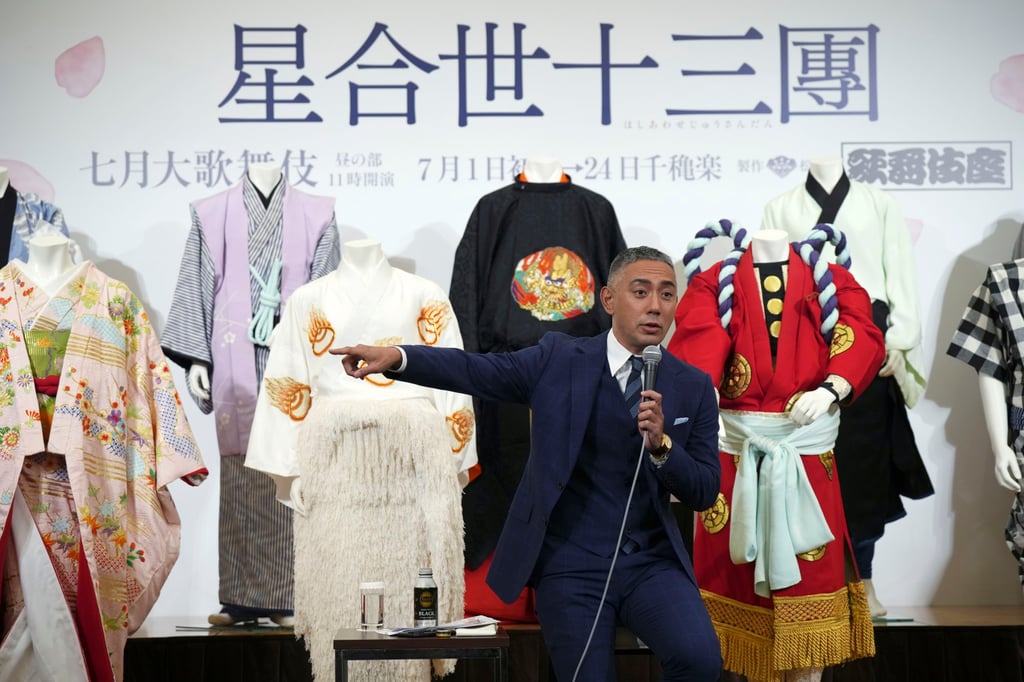
Audiences accustomed to TikTok videos and streaming do not always have the patience for four-hour performances in archaic formal Japanese. Social distancing restrictions during the pandemic hit theatres hard, and audiences are still coming back.
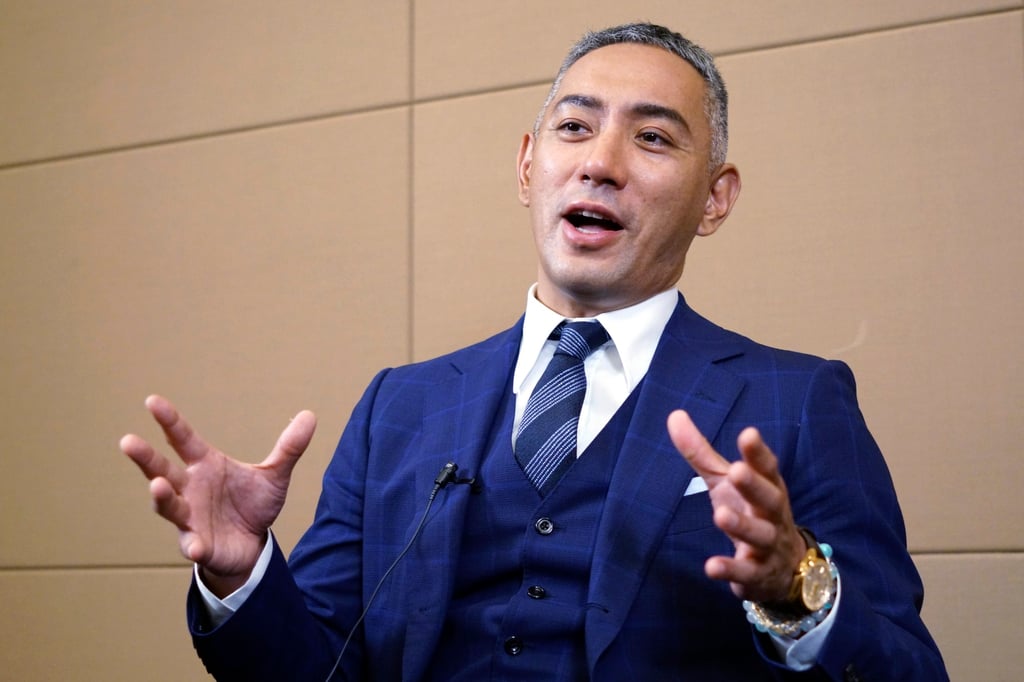
Danjuro has made efforts to update kabuki in Hoshiawase Jusandan, at the Kabukiza Theatre in Tokyo until July 24, trimming longer scenes and modernising some dialogue.
“Traditional culture might be hard to follow and get tiresome, but I hope people will have fun. The action moves quickly because I’m one person playing 13 roles,” Danjuro says.
Dapper and tanned, Danjuro, 46, can be disarmingly playful for a famous artist. Amid discussions of the future of live performance, he gamely posed for photos, striking the kind of pose you would see on the romantic lead of a manga comic book.
The all-male theatrical style can be intensely conservative, preserving many of its traditions nearly unchanged from the Edo court.
Today’s Danjuro took on the name in 2022, after going through earlier names he and all the previous Danjuros have gone through: Shinnosuke, and then Ebizo.
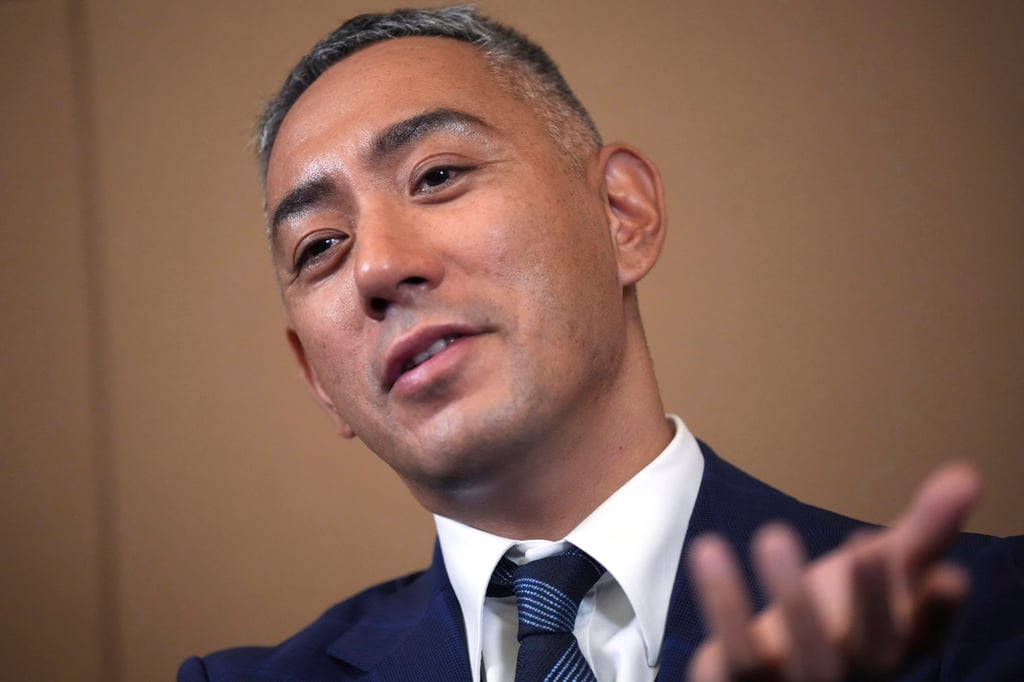
Training starts in childhood. When he was 20, about to go on stage for the first time as the monk Benkei – a role that his father, grandfather and all the Danjuros before him had made famous – the pressure was so intense he ran away and spent the night sleeping in a park. He did get back in time for the show.
Today’s Danjuro inherited the name from his father, Danjuro XII, who died in 2013 at 66 of leukaemia.
The death cost him both a beloved parent and a teacher he desperately need. At 35, he was still a novice by the standards of kabuki, an art form in which beautiful maidens are often played by octogenarian masters.
He had to turn to uncles and veterans from other families to learn the craft, defying criticism from peers and even family who said only a Danjuro can teach another Danjuro.
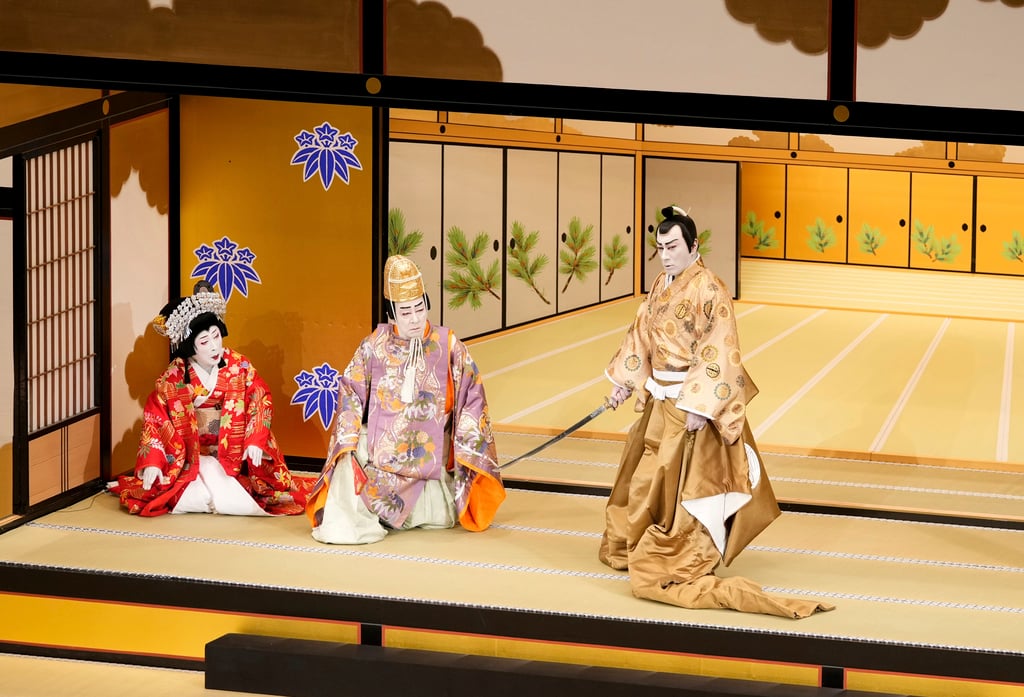
But these days, critics say the 13th Danjuro is living up to his name.
Despite the art’s firm commitment to tradition, Danjuro says, kabuki stories contain universal emotions that young people and foreigners who are new to the genre can connect with.
In Hoshiawase Jusandan, he plays a fox who disguises himself as a warrior to stalk a court dancer who’s carrying a drum made from the hide of his parents.
When, at the climax, a merciful samurai gives the fox the drum, Danjuro’s takes flight on wires, bouncing with joy over the crowd towards the third-floor balcony seats, accompanied by drums, flute and song.
The showy, somewhat dated effect could look like something out of a circus – but it sells a moving scene that contrasts the human folly of war and revenge with the simple love shown by an animal.
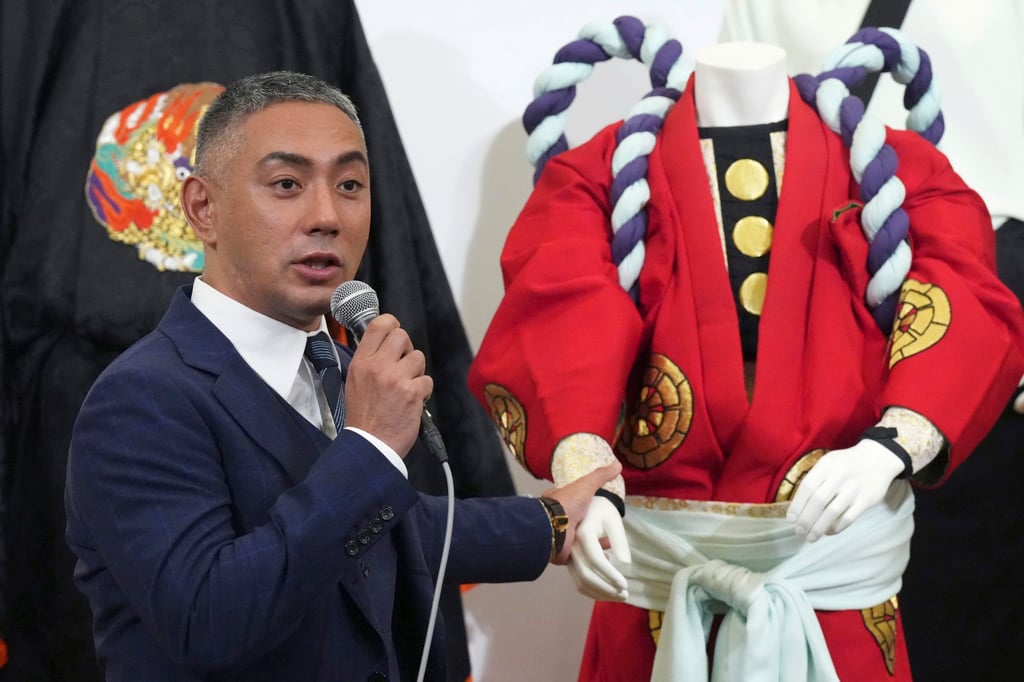
For all his worry, Danjuro says he trusts that the power of human performance will survive.
He is training his son Shinnosuke to take his place, and taking care of his health to be sure future generations of Shinnosukes have a chance to know their ancestor.
One day Shinnosuke will become Ebizo, and later, he will be Danjuro XIV.
“One must live,” said Danjuro. “That’s my responsibility.”

